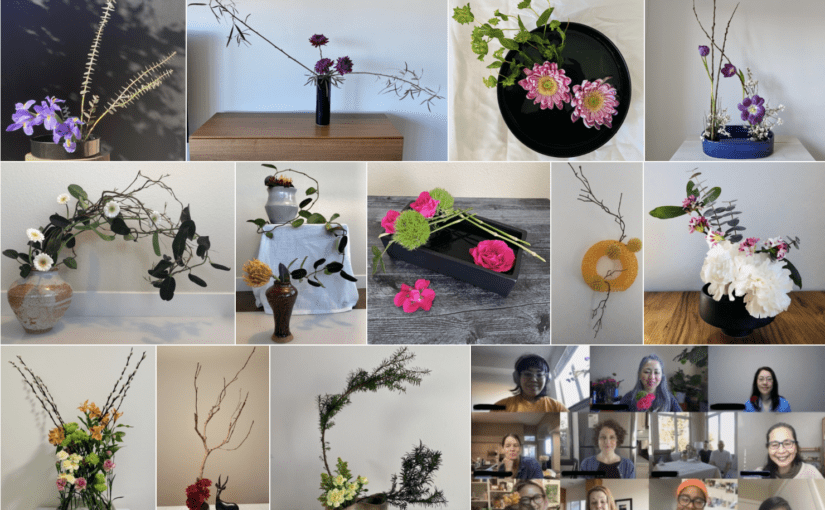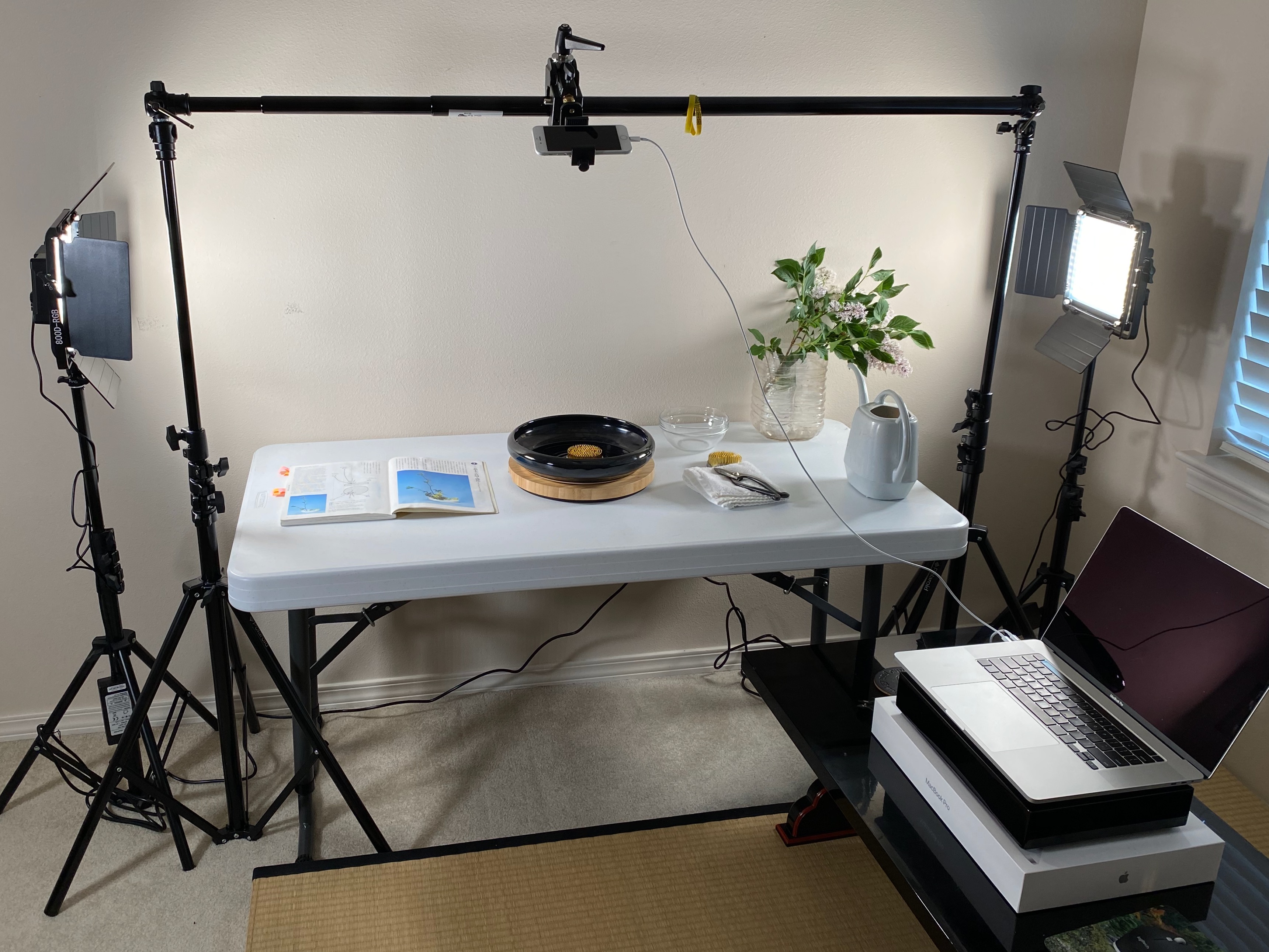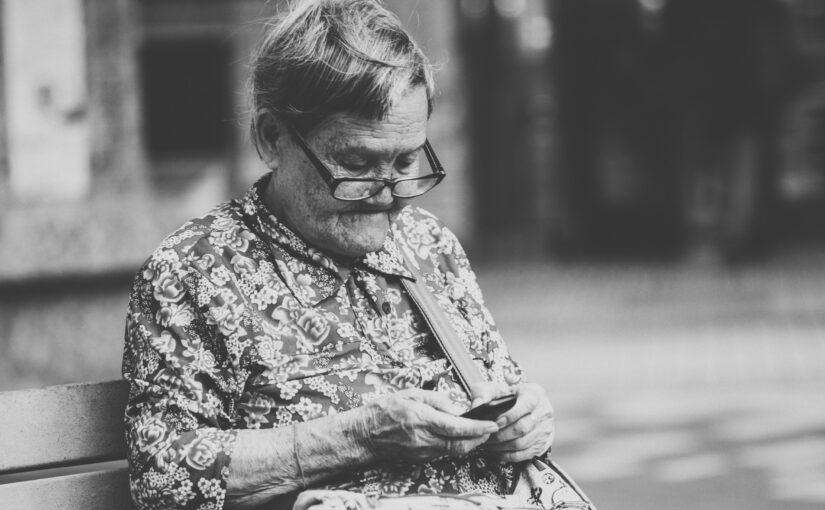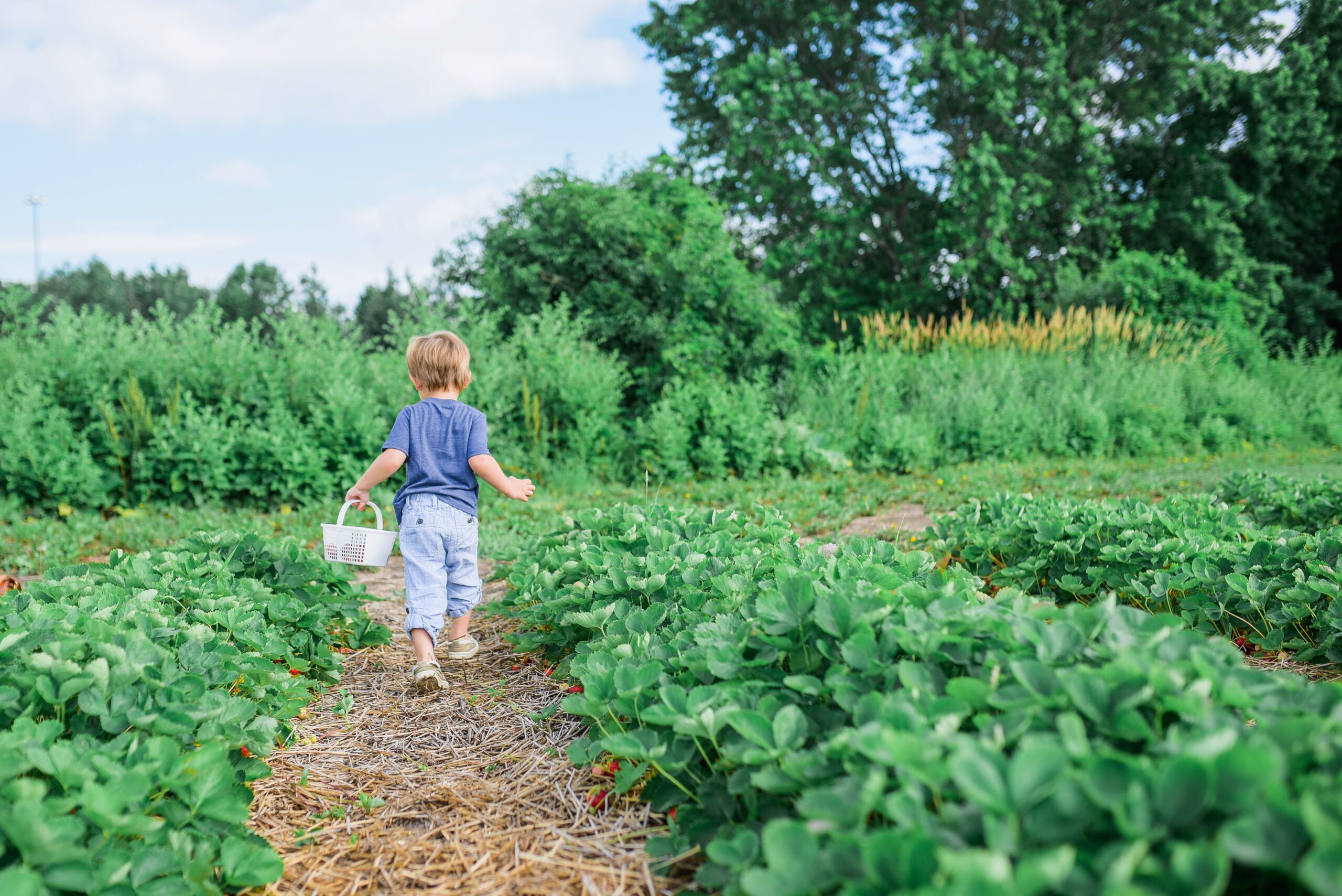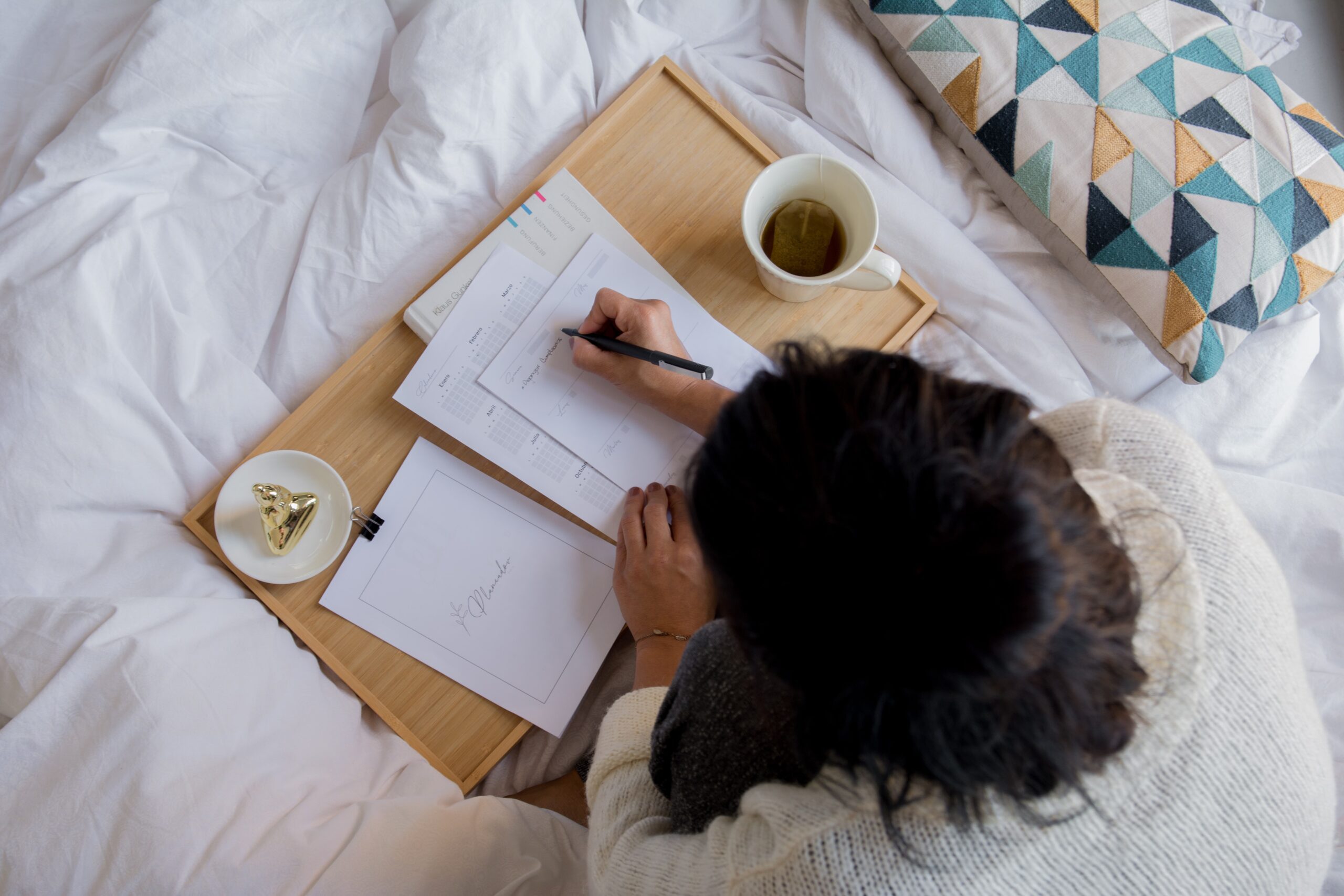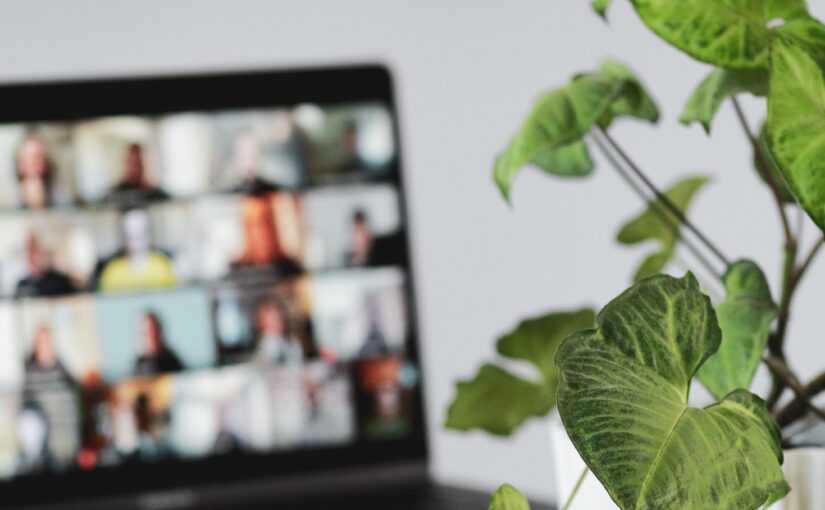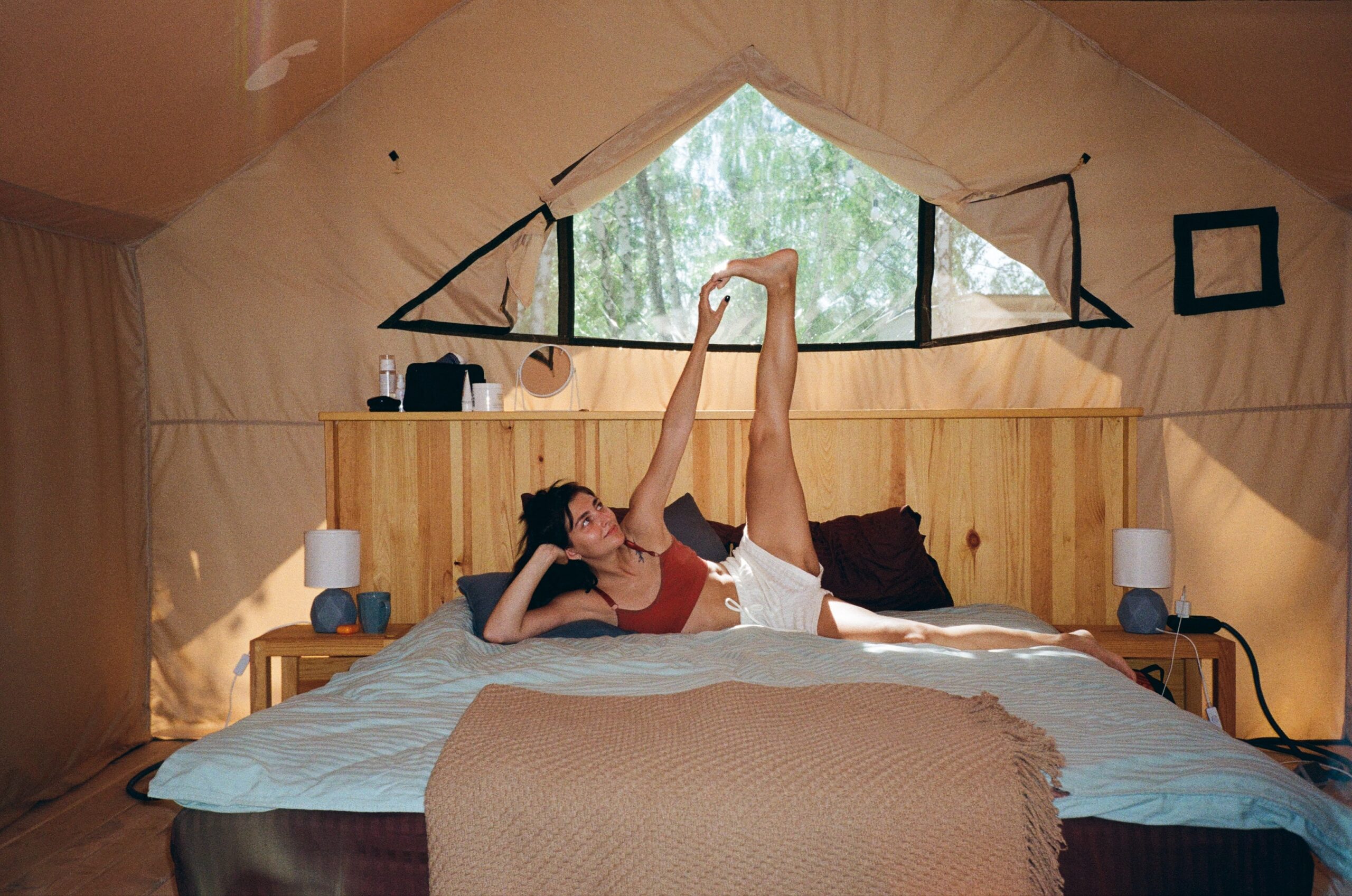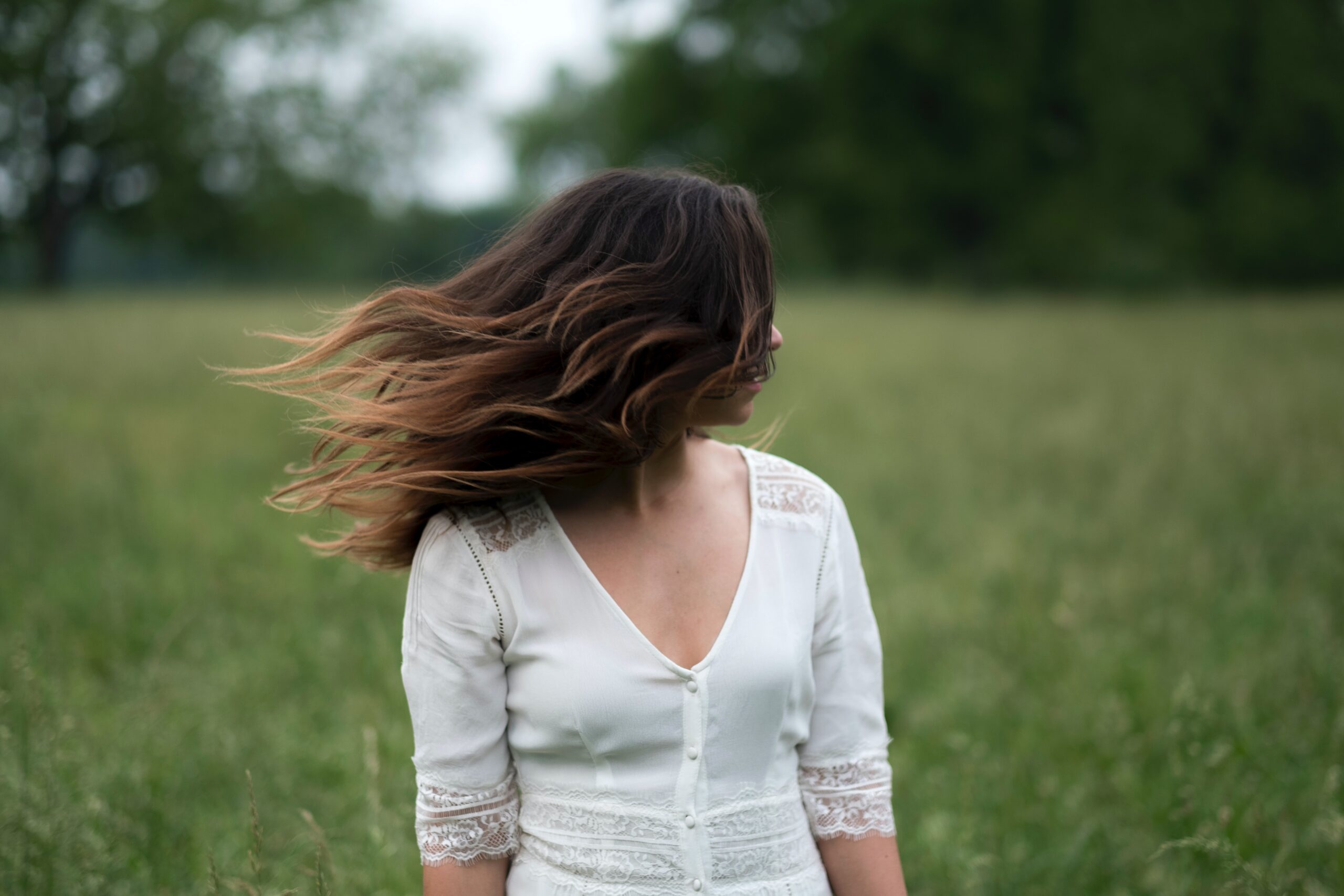Now I prefer it to passive investment
Photo by Adam Śmigielski on Unsplash
The COVID-19 pandemic has changed the whole world. According to WHO, over 6.5 million people died. Everybody’s lives have been disrupted. The news in every media is full of tragedy.
Here I dare focus on the silver lining. How many can I find in my life?
I dumped the stocks at the bottom!
On the morning of March 23, 2020, we sold all our stock holdings and cashed out. At that time, we thought we made the right decision. In retrospect, how stupid that was! S&P 500 marked its bottom on that day, and since then until the end of 2021, the market showed a rapid recovery and an amazing run.
When we cashed out, how did I feel? My journal says, “I’m surprised to find out that this is the same feeling as I cleaned up my in-laws’ house after my father-in-law passed away.” Coincidentally March 23 was the third anniversary of my father-in-law’s passing. I felt calm, a sense of letting go.
To fulfil my intellectual curiosity
A couples of weeks later, the stock market was showing a quick turnaround. I started to study about option trading to “fulfil my intellectual curiosity.”
In May and June of 2020, I spent at least 2-3 hours to study about option trading. What call and put mean, what delta, theta, and other Greek alphabets mean. Why there is an expiration date. What are different strategies of option trading…
Here I have no intention nor any qualification of describing what option trading is. The only thing I can tell is that it was quite exciting to learn something totally new.
My teachers were all YouTubers, at least 30 years younger than my age. It surely was a humble experience to regard those young faces as my teachers.
Whether on Charles Schwab or TD Ameritrade, to start trading options, you need approvals from the firms. There are 4 different approval levels, from Level 0 to Level 3. The higher the level, the higher risk strategies you can trade. You call up the firm, they ask you several questions, and only after you are able to answer them correctly you get approvals.
It was humiliating to get rejected on the phone, but it was my fault. My understanding was not thorough enough. I studied more and tried again. I felt good when I finally got approval for Level 3.
Come July I started trading with defined risk strategies like Iron Condor and Put Spread. In early 2021 I began undefined risk strategies like Strangles. And all through this year I’ve been trading Strangles.
Trading like running a business
What I have learned through trading options in the last couple of years is that it’s possible to treat trading like any other business. The key is consistency.
- You have to spend at least some time to watch the market.
- You have stay in the market.
- You do your best to minimize your risk, but there is no way of avoiding risks 100%.
- You set a boundary of the maximum loss you are ready to take.
- You don’t get excited about short-term win, but set a long-term goal, like annual rate of return.
As a result, my return of investment was par as S&P 500 in 2021. And in 2022, my return is positive whereas S&P 500 is almost 20% down. Not bad!
It was an eye-opener to learn that option trading can give me more stable return than even passive investment.
That’s all thanks to the pandemic.
What’s your silver lining?


